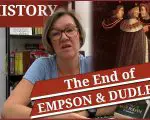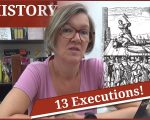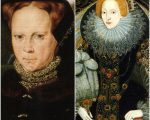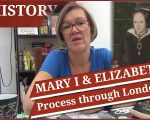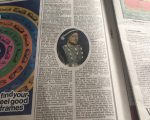As you probably know by now, I like nothing better than talking Tudor so being the resident historian and co-leader of Tudor history tours is just up my street – talking Tudor from dawn to dusk, well, actually well into the early hours!
In this video, I invite you to join me and Philippa at Hever Castle, the family home of the Boleyn family, on the Anne Boleyn Experience 2020. Yes, we actually stay at Hever – bliss! Philippa and I have so much in store for you, so let me tell you all about it. I’m quite literally counting the days (and probably the hours too)!
I forgot to say that there isn’t going to be an Anne Boleyn Experience in 2021, so if you definitely want to do it then please consider 2020. Find out more about the tours and sign up on the mailing list at https://www.britishhistorytours.com/history-tours/
[Read More...]



